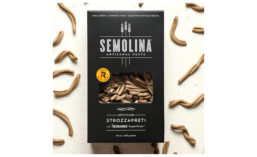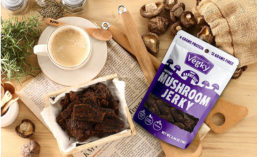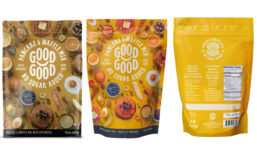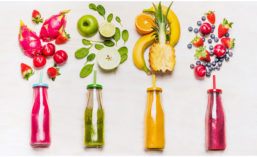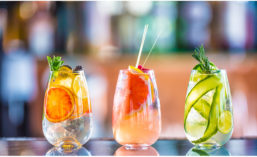Featured on Home Page
2022 PREDICTIONS
“Future-proofed” restaurants, flexible menus and design attributes that can serve a variety of offerings at different price points any time of day
Read More
2022 PREDICTIONS
Consumers Continue to Connect with Specialty Foods & Drinks
The Specialty Food Association Trendspotter Panel identifies food and beverage trends for 2022
December 23, 2021
2022 PREDICTIONS | FOOD & BEVERAGE TRENDS
Five Trends Driving the Specialty Food Industry in 2022
Comfort is Key: Consumers stay with comforting specialty foods, drinks say SFA’s Trendspotter Panel.
December 23, 2021
2022 PREDICTIONS
Convenience and Health to be Top Priorities for US Consumers
Consumers will have more flexible meal needs, a reliance on ecommerce and a proactive approach to health
December 22, 2021
2022 PREDICTIONS: FLAVORS
Ethnic, Global Flavors and Cross-Cultural Flavor Fusions are Still Trending High
Retail shelves address consumer desires to nourish themselves with fresh takes on food flavors
December 21, 2021
2022 PREDICTIONS | FIBERS & GUMS
The Texture, Health Properties of Multifunctional Fibers and Gums
Product developers are paying close attention to hydrocolloids for their dual function as texturants and nutraceuticals
December 20, 2021
2022 PREDICTIONS | E-COMMERCE
eCommerce Accounts for a Significant Share of Grocery Sales
Online Doing Just Fine: A recent survey found that 52% of shoppers purchased groceries online in 2020 which grew to 64% in 2021
December 17, 2021
2022 PREDICTIONS | CONSUMER INSIGHTS
Consumers Remain Interested in At-Home Meals
Pre-pandemic changes in the workforce and an aging population contributed to a home-centric lifestyle
December 17, 2021
2022 PREDICTIONS | COLORINGS
Developers, Manufacturers Expect Continued Demand for Natural Color Additives
Developers leverage color-carrying raw ingredients to create cleaner lines and an improved perception of health
December 16, 2021
2022 PREDICTIONS | BOTANICALS
Six Beneficial Botanicals
The next wave of plant-based bioactives promises to focus on stress and mood
December 14, 2021

